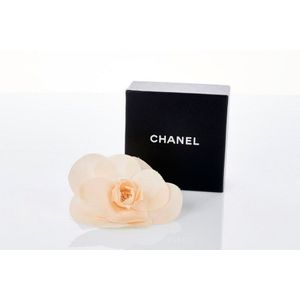Chinese Celadon Crackle Kong Vase with Seal Mark
You must be a subscriber, and be logged in to view price and dealer details.
Subscribe Now to view actual auction price for this item
When you subscribe, you have the option of setting the currency in which to display prices to $Au, $US, $NZ or Stg.
- Crackles / Cracquelure - In ceramics, crackles may be introduced intentionally during the firing process, as was often the case with Oriental ceramics, and are known as artificial crackles. Natural crackles occur with age, and if the glaze is transparent, may be difficult to detect. Natural crackles may not cover the whole surface of the object and may be uneven in size.
- Intaglio - A term used to define a method of decoration most common in glassmaking and jewellery which involves engraving, carving or moulding an image into the background, leaving an impression, and leaving the top surface of the item flat, the opposite to relief carving, and also know as counter-relief.
- Crackling and Crackle as a Decorative Technique - Crackle, also known as crackling, is a decorative technique that has been used in China for centuries. It is believed to have originated during the Song Dynasty (960?1279 AD) and was primarily used in the production of ceramics, lacquerware, and furniture. The crackling effect was achieved by applying a glaze or lacquer that was formulated to crack during firing, creating a crackled pattern on the surface of the item.
During the Ming Dynasty (1368?1644 AD), crackle became a highly sought-after decorative technique, and it was used to create intricate and beautiful designs on ceramics and lacquer ware.
In Western decorative arts, crackle / crackling came into use during the Art Nouveau movement in the late 19th and early 20th century. The crackling effect was used to create a sense of movement and fluidity in the design of Art Nouveau pieces.
It was also used in the 1920s and 1930s during the Art Deco movement.
This item has been included into following indexes:
Visually similar items

A Chinese porcelain kong vase, pale celadon glaze, with wide crackle, intaglio seal mark under the base. Height 35.5 cm

Les Blakeborough Group of 3 cream ceramic vases, two monogrammed 'L.B. 2006', the largest 12 cm high, 16.5 cm across

Chanel, silk Camellia pin brooch, with gold tone jewellery stamp 'Chanel, made in France', with original box

Two Crown Lynn white lidded refrigerator jugs, Kelvinator' and 'Leonard' in gold highlighted relief to each side, stamp to base, some staining. Height 23 cm
